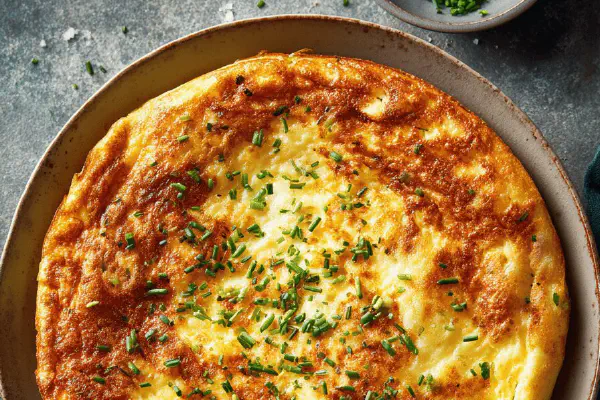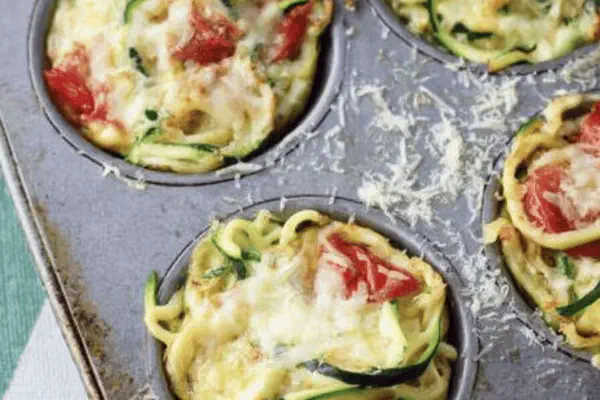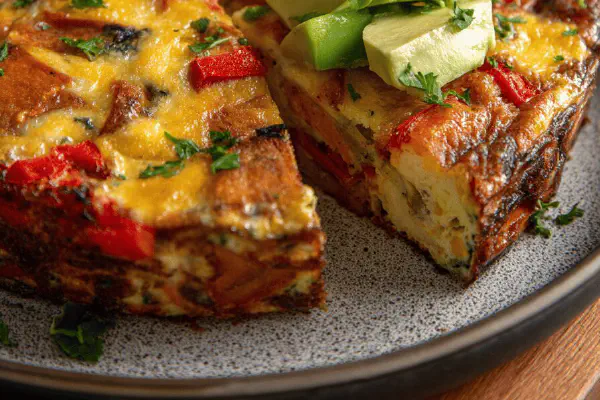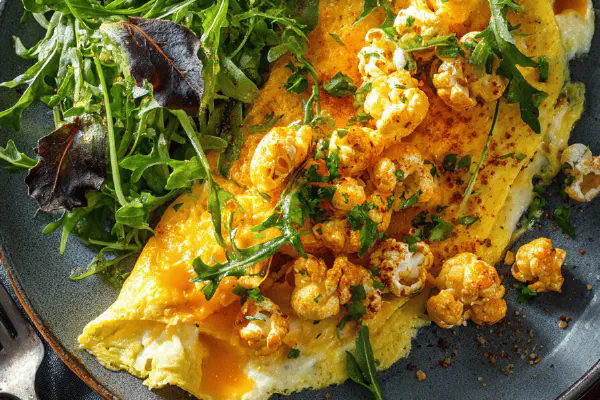Spaghetti Squash Egg Nests
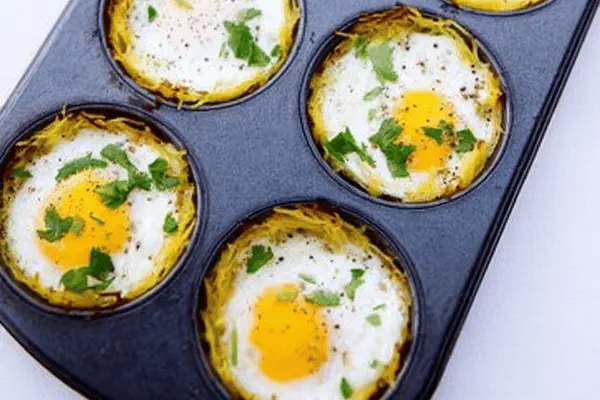
By Emma
Certified Culinary Professional
Ingredients
- 1 medium spaghetti squash, cooked and shredded
- 1 teaspoon olive oil
- 1/2 cup finely diced white onion
- 1 teaspoon dried oregano
- 1/2 teaspoon garlic powder
- 2 cloves garlic, minced
- 1/4 teaspoon salt
- 1/4 teaspoon black pepper
- 2 tablespoons almond flour
- 1 egg white
- 1/2 cup shredded sharp cheddar cheese
- 6 whole eggs
- Cooking spray or PAM
About the ingredients
Method
- Preheat oven at 430 F. Give it a little extra heat to crisp edges faster while the squash mixture sets.
- Heat olive oil in pan medium. Toss diced onions in. Cook 'til translucent, about 6 minutes, stirring often. Smell sweetness blooming. Add minced garlic last 2 minutes to avoid burnt bitterness. Set onion mix aside to cool slightly.
- In a big bowl, mix shredded squash with sautéed onions and garlic. Stir in oregano, garlic powder, salt, pepper. Now add almond flour instead of regular flour for a drier bind and nutty twist. Pour in egg white to bring it all together without extra fat. Finally fold in sharp cheddar for punch.
- Spray muffin tin well with cooking spray. Moisture is enemy here; prevents nests from sticking while promoting crisp bottoms.
- Each cup gets about 1/3 cup of squash mix. Use fingers—press sides firmly to build a cozy nest wall. It’s all about structure. Too loose, nests fall apart, too tight, no room for egg to cradle.
- Bake nests empty at 400 F for 18 minutes. Look for golden edges curling up, not burnt. This step dries nests enough to hold shape once eggs slip in.
- Pull nests out once edges feel firm but not hard. Crack one egg per nest. Handle gently—yolk should rest undisturbed, whites settling evenly.
- Lower oven to 370 F. Bake egg-topped nests for another 12 minutes. Whites firm, not rubbery, yolks still a tad runny. Cooking times vary; watch whites turn opaque and firm to touch but jiggle slightly when moving pan.
- Remove, cool 5 minutes. Eggs continue settling off heat. Pops of cheese melt edges with squash for texture mix. Serve warm, maybe with hot sauce or fresh herbs.
- Bonus tip: leftover nests crisp up well in toaster oven at medium heat next day. Avoid microwave, gets soggy and floppy.
Cooking tips
Chef's notes
- 💡 Squash holds moisture like a sponge; draining well before mixing critical. Almond flour swaps in for regular flour; keeps nests drier, adds a nutty texture without heaviness. Press edges tight but not packed; allow egg to sit gently. Overpacking means cracking or overflow; too loose nests collapse under eggs weight after baking.
- 💡 Sauté onions on medium heat until translucent, almost sweet, not browned or crisp. Garlic goes last two minutes. Too early garlic burns, turns bitter fast. Watch timing carefully. Smell cues you’re ready to combine. Let cooked mix cool slightly before adding egg white; avoids cooking egg prematurely, keeps mixture pliable.
- 💡 Crack eggs one by one, slowly, into nest wells. Yolk should sit raised, whites spread thin but held inside walls. Oven temps matter here; start nests alone at 400 to firm edges, then lower heat for eggs. Watch whites turn opaque, jiggle lightly to time pulling out; timing off means rubbery or runny too much.
- 💡 Use cooking spray in muffin tin. Oil pools create soggy bottoms; no crisp. Crisp edges signal enough drying out before egg stage. Oven sounds change too; listen for light crackling at edges during baking. Sharp cheddar melts creating slight crust with squash strands; flavor pop without overwhelming mild squash base.
- 💡 Reheat leftover nests in toaster oven or skillet at medium heat. Avoid microwave; makes nests floppy and waterlogged. Crisp returns quickly with dry heat. Leftovers keep well, but texture degrades fast if sealed in humid environment. Prep a batch, store airtight, re-crisp just before serving for best results.
Common questions
How to avoid soggy nests?
Drain squash thoroughly before mixing. Press nests tight but not too firm. Use almond flour not regular flour to dry mix more. Bake nests empty first to evaporate moisture. Spray muffin tins well but no oil pools—oil puddles trap moisture, no crisp.
Can I swap cheeses?
Mozzarella and Parmesan mix works fine. Avoid watery cheeses like fresh mozzarella with high moisture—makes nests soggy. Sharp cheddar gives punch but if not, mix cheeses for flavor balance. Fresh herbs optional. Adjust salt accordingly if swapping salty cheeses.
What causes nests to collapse?
Too much moisture main culprit. Insufficient almond flour or weak bind with egg white. Overpacking squash mix makes walls dense and brittle; not enough pressure means loose nests fall apart. Baking nests alone at 400 gives structure—skip this step, nests fail once eggs added.
Best way to store leftovers?
Refrigerate in airtight container. Reheat in toaster oven or skillet at medium heat for crisp edges returned. Avoid microwave; makes edges limp, eggs rubbery. Can freeze baked nests but texture suffers. Defrost fully before reheating for best texture. Store max 3 days fresh.
